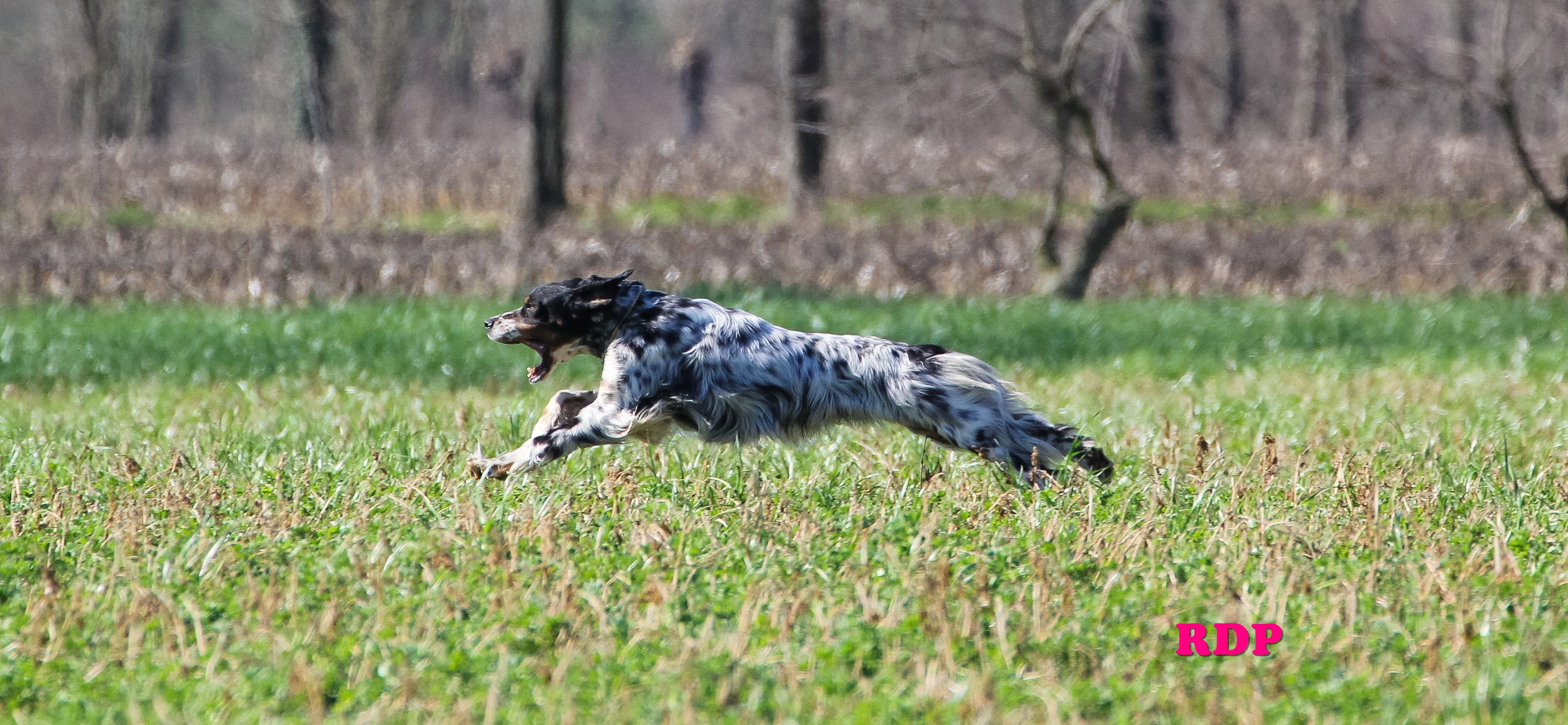
Finding or Handling Game? IT vs UK
People keep asking me which are the differences between Italian and British trials. I already wrote something but, the more I compete in Italian trials, the more differences I notice, they cannot be contained in an article alone. I wrote “compete” because I am not new to Italian trials: I began watching them in 2004, but I am fairly new to competing in them, furthermore many things changed in these 13 years. My initial role was the one of the journalist/photographer, who sometimes helped judges writing down their notes. I was a neutral observer and it was a valuable experience as it allowed me to see things closely, yet from the outside. Getting into the competition surprised those used to see me in my “other” role, but allows me to understand things more deeply. My opinions, my feelings, my impressions and concerns have not changed but, I can see things more clearly and this is an ongoing process!
I often stated that obedience and control are more important in British trials and not so important in our trials. The reasons behind this approach are many, and some are probably more socio-economical than dog related, game presence, however, is certainly one of the key points. I came to the conclusion (not much smartness needed here!) that birds, or rather their abundance or absence, are the culprits. Those familiar with Italian trials know that you have to be incredibly lucky to find a bird. On average, I think about, 25-30% of the dogs competing have a chance to point and properly work out a bird. Maybe 30-35% have a chance to “see” the bird but something prevents (a bracemate, a roebuck, a meteorite…) them to actually work it out, as required by the rules. Sometimes things are even worse: during a trial I ran in October no birds were seen, my stake was made up of 22 dogs, if I am not wrong, for a total of 11 braces. Some dogs, including mine, were also allowed to run a second round in the hope to find anything: well the only bird we saw during the whole trial was a (one) pigeon. As you can imagine no awards were given. In the UK, instead, almost all the dogs have the opportunity to at least “see” a bird”: then many things can happen, but competitors are surely not so concerned about a living feathered being on the ground.
To find a bird at Italian trials you need a smart dog carrying on his shoulders a tremendous amount of luck: this is true, I will discuss the “why” in other articles. Besides being true, this is also very sad: I love pointing dogs and this would be frustrating for any person sharing this passion. Imagine what happens: you wake up at 3 AM (because trials start very early), you drive 200 miles, your dog has a nice run with a nice bracemate, and the dogs cannot find anything. The judge maybe likes him and gives him a second chance, but again no birds show up and the trial ends. Imagine this happening for most of the trials then you get the whole picture.
Years ago, I was chatting with a judge about the tremendous emphasis some breeders were giving to their dogs galloping style. There were (and there are) brainless dogs with no bird sense who ”move very nicely”. Do you want to know his reply? It was a short and smart one: breeders focus on movement because, 99% of the time, the dog is going to be seen by judges while running, being pointing a rare happening. Judges are more likely to remember how he runs and how he searches, it makes sense and, again, it makes me sad. Weren’t trials created to evaluate pointing dogs and make sure they were suitable to hunters? So we have a nice gallop here and, anything else?
I think that what our trials are focused on is “finding” (that damn bird) , and it is better do it nicely with deep and wide castings. It is so hard to find a bird that everything that comes later is, somehow, less important. I am not here minimizing the importance of a proper pointing style (Italians are suckers for this) but, basically, once the dog has found and pointed the bird, everything is going to be fine. This is probably why handlers get so excited and run anxiously towards the dog on point. What if the dog is a bit sticky? What if he is not super steady to flush or to gunshot? These errors are likely to be forgiven, given the aforementioned lack of game.
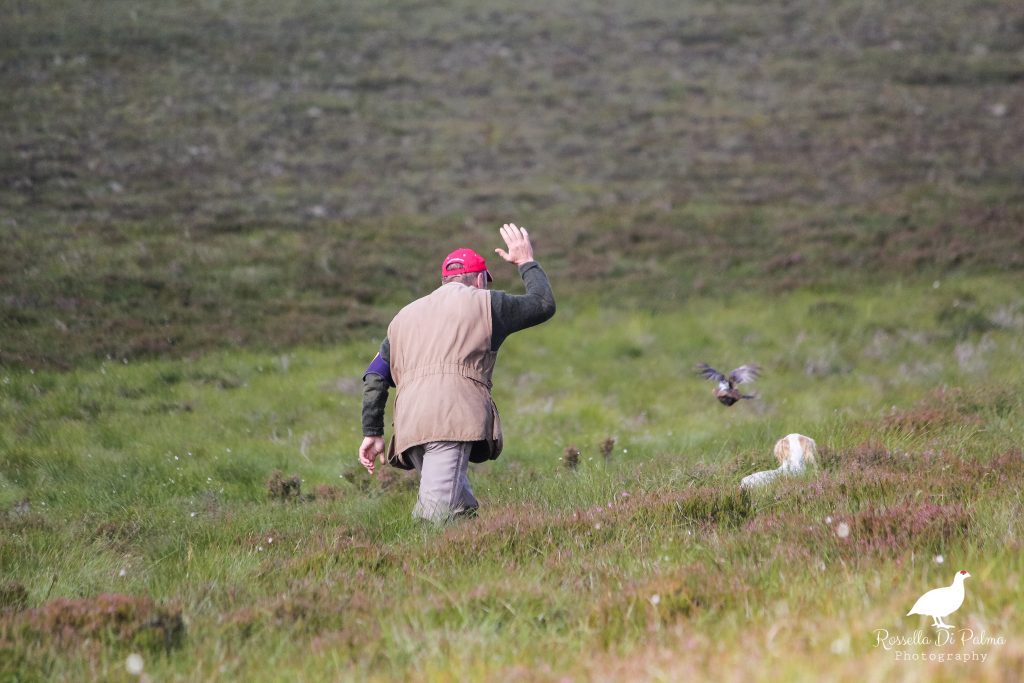
In Britain the opposite happens, dogs run in places where birds are present, sometimes too present, and this makes control vital. It is not difficult to find a grouse, on some moors you do not even need a dog to find one so… bird presence is taken for granted. Of course the dogs are expected to find,a bird, but there are usually plenty of opportunities to find one. If you attend a British field trials you will see many dogs on point, points are not such an unsual sight. After all, field trials were created to evaluate pointing breeds and you cannot really assess a pointer without a point! When the dog is on point, the British handler paces quietly to him. I am not sure whether pacing (vs running) is required by some rules, but I think it is more a matter of culture and awareness. The handler, in fact, besides being used to “keep calm”, is well aware that the toughest part of the trial has yet to come. After the point, the dog must work out the bird properly, demonstrate perfect steadiness to wing and shot, and perform equally well the “clear the ground”, all seasoned with a good amount of obedience. British trials are not easy!
So… during an Italian trial the dog’s ability to FIND a bird (hopefully in a stylish manner) is under the spotlight, whereas in Britain the dog is carefully assessed on “how he handles the birds”. Italians do mind about how the dog points and works out the bird, but they unfortunately have much less chances to verify this. Environment and game management make the difference. If I go through my memories, the thing I remember most clearly about specific dogs running in British trials is, the way they roaded and worked out birds, as well as their obedience. Of course I remember a few, exceptional finds and runs but they occupy less of my memory. When thinking about Italian trials, things are reversed.
What is better? We have no winner here. To be successful at an Italian trial the dog needs an incredible amount of determination, good bird sense (and/or a tremendous amount of luck), a stylish movement, some boldness and, sometimes even too much independence. When you get everything in the proper amount you have a great dog but, unfortunately, miscalculating the ingredients might produce dogs who run for the sake of running or are just too wild to be tamed by the average human being. The British system, instead, tests carefully how the dog handles birds and forces handlers to keep an eye on trainability, on the other hand, in Britain, finding a bird can sometimes be “too easy”. If only a dog could be assessed through both the systems we will be close to perfection.
Still curious about British trials? Check the section A Month on the Moor or click here.
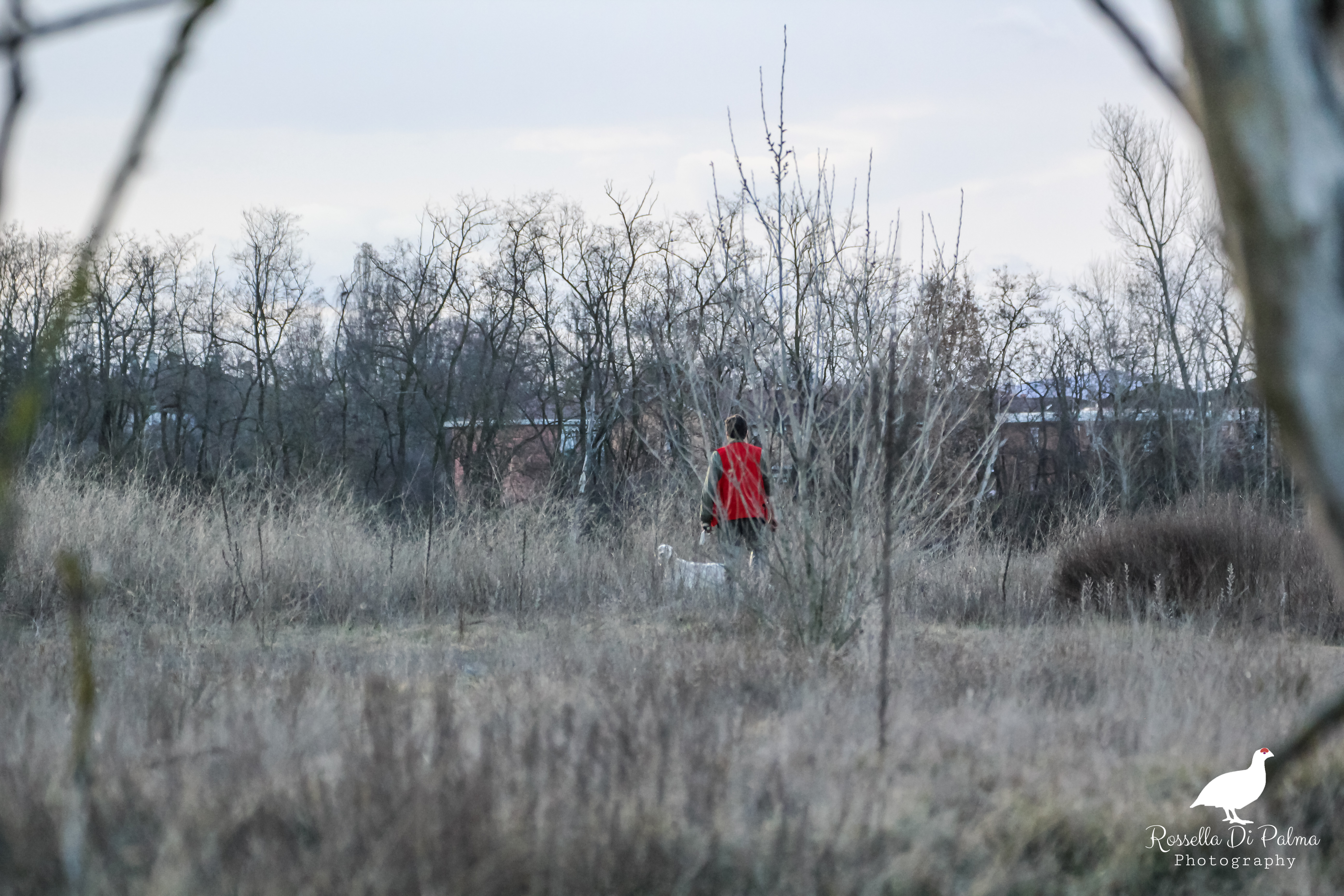


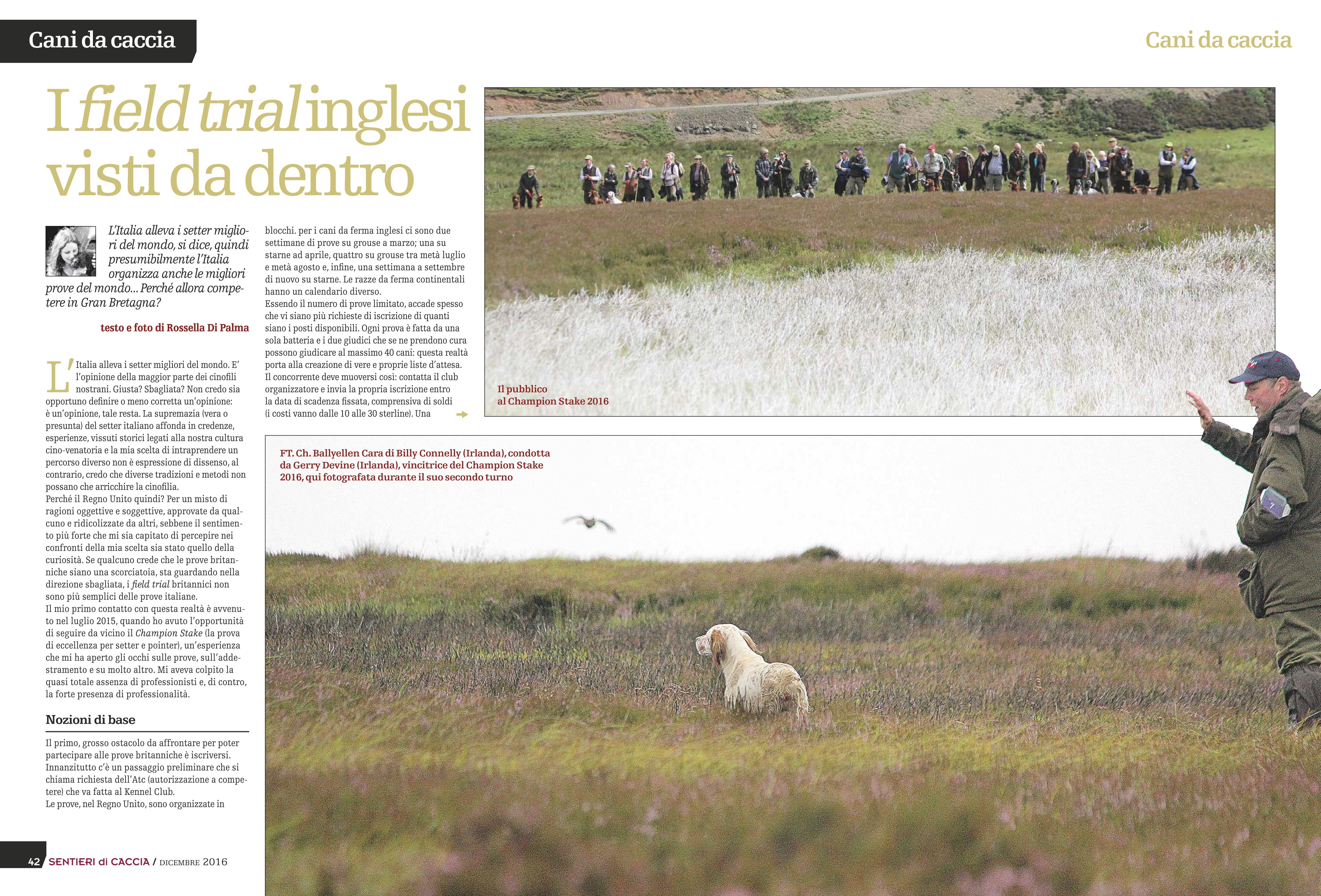
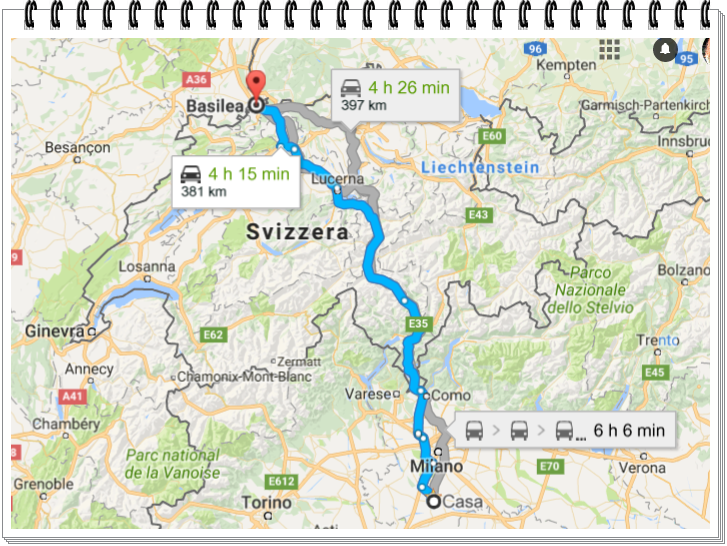
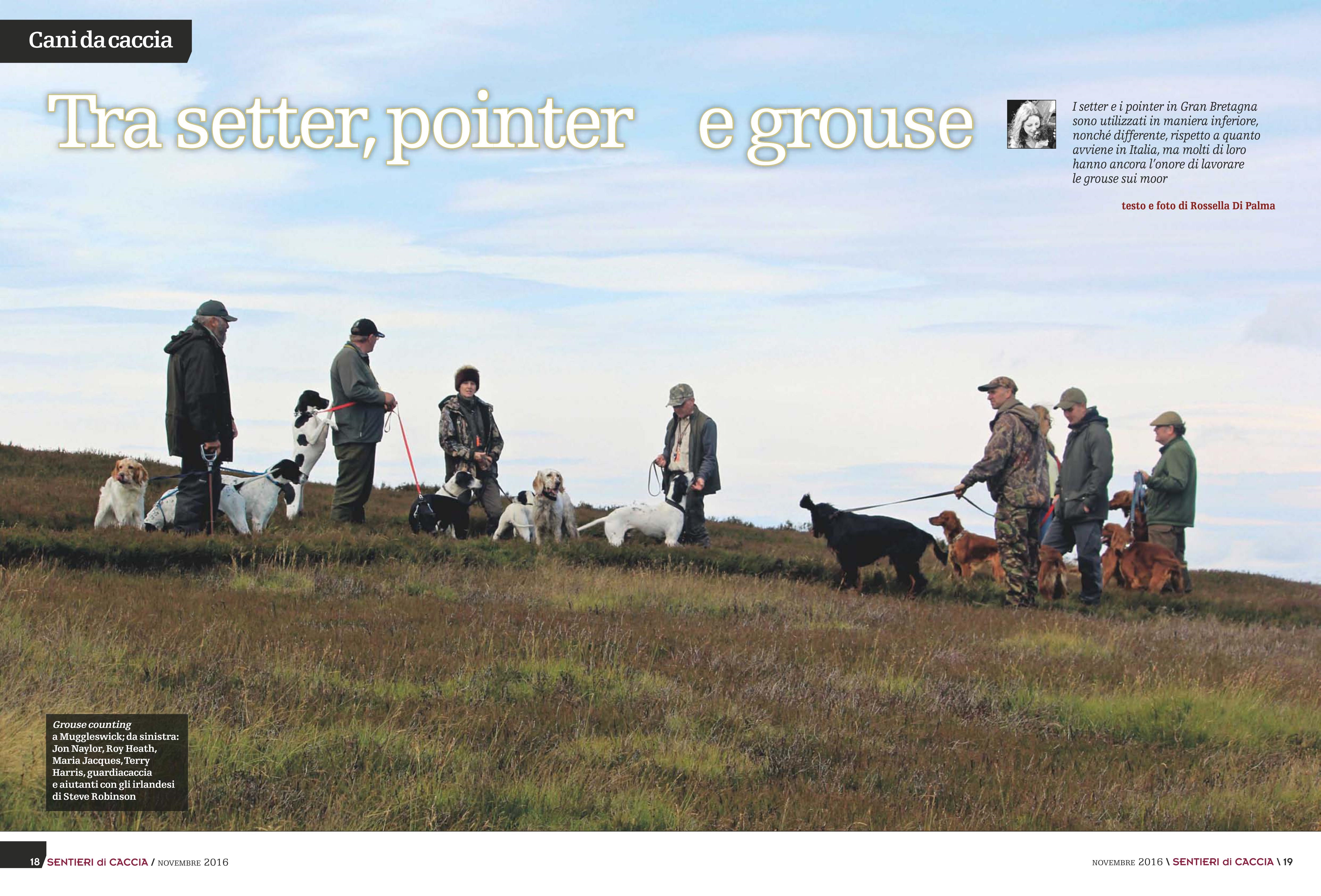
2 commenti
Pingback:
Pingback: